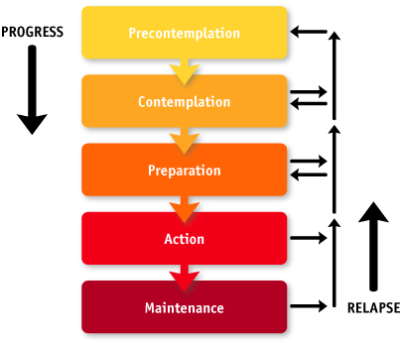 This year I’ll be taking a deeper look at the strengths that sit at the core of positive psychology and how to increase each one. What better strength to start the New Year with than the very one we use this week, every year, when we set our New Year resolutions – Optimism and Hope! And with a wealth of positive data sitting behind this strength (Optimism is strongly correlated with good health, performance, life satisfaction, achievement and positive relationships) it’s got to be worth our time spent strengthening these qualities.
This year I’ll be taking a deeper look at the strengths that sit at the core of positive psychology and how to increase each one. What better strength to start the New Year with than the very one we use this week, every year, when we set our New Year resolutions – Optimism and Hope! And with a wealth of positive data sitting behind this strength (Optimism is strongly correlated with good health, performance, life satisfaction, achievement and positive relationships) it’s got to be worth our time spent strengthening these qualities.
First though it is worth understanding that optimism and pessimism are explanatory styles of thinking about life events which predict a positive vs. negative mood. People with optimistic explanations of life generally feel happier and more energised to cope with obstacles, seeing them as challenges rather than failure experiences. Optimists are more likely to analyse whether setbacks are situational, then are able to develop plans to remove obstacles to their goals. Pessimists are more likely to view life problems as personal failures, blame themselves, feel unhappy and give up trying to change.
You might be one of the lucky ones who is genetically blessed with optimistic parents, so looking on the bright side comes naturally (with your genes counting for approximately 50% of your psychological make-up), but for everyone else, here are 10 ways to increase the strength of optimism.
- Notice your thinking. When bad things happen, do you use words like ‘always’, ‘never’ or ‘everything’. So for instance, if your new year’s resolution to give up alcohol in January has already taken a nose dive, do you hear yourself saying ‘I never stick to my resolutions; I’m always rubbish at stuff like this’? Even if good things happen to a pessimist, they write them off as a fluke…
- Optimists explain away adverse events in specific, temporal and impersonal ways, ie. not always; not forever; not across everything and it’s not always my fault. In other words, when you encounter a problem, practise viewing it as specific to a certain situation, temporary and thus able to be changed and not related to a personal deficiency. Then you are more likely to be positively energised and can change the problem situation to your advantage.
- Write down the good things that happened to you in 2011. Relish them and the important part you played in making them happen.
- Surround yourself with optimistic friends in 2012. Who encourages you? Who makes you feel good? Who do you turn to when things are going wrong? Who really listens to you?
- Keep your goals small this year and experience success more often. Success breeds success!
- Take one step today towards a goal that has always felt out of your reach. Surprise yourself with how realistic this goal could be for you.
- Try not to take things personally when things go wrong. Don’t let it undermine the very essence that is you. Instead, try again next time, learning from what went wrong before and with a new determination to make things turn out right. Setbacks happen to us all – it is what we say to ourselves next that makes the big difference.
- Act optimistic. Force yourself to keep going, even when you are fighting it. Defy those nagging thoughts that have kept you down for so many years. Stand up to them in a way you never thought possible.
- Do the work – if you want to be a great piano player, you will have to put the work in. This will require practice. It is no good just thinking it – although this will help, it is not enough.
- Starting today, track your achievements. Make sure to give yourself the credit you deserve for them!


















